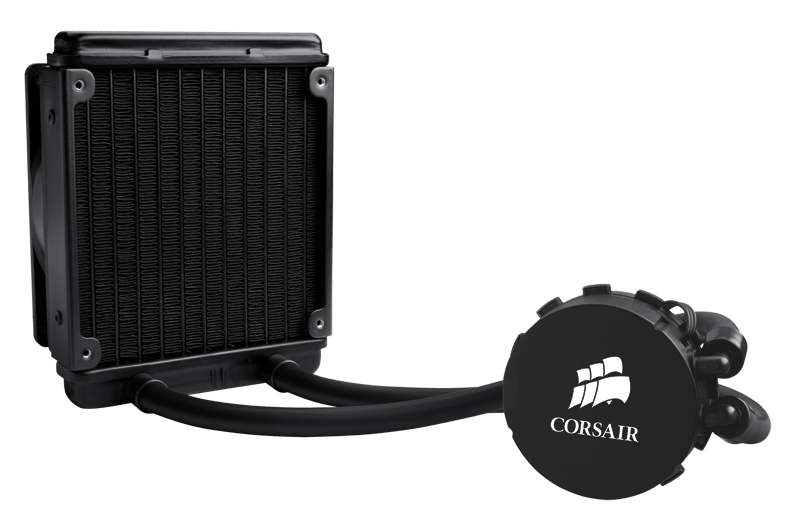Dawelio
Active member
Heya guys,
Probably a stupid and retarded thread and questions, for most of you... But I've been wondering something here and can't seem to really come up with it, or I just down right suck at finding the correct information :huh:...
But what is the difference, if there are any, in terms of the pumps on Corsair's older models, round pumps, in comparison to their newer/updated, more square shaped pumps?



Also, and this is kinda my question with this thread, are there any huge differences between thickness in the rads, I mean, for real?... Like comparing the thinner H60 with the thicker H80?...
Thanks,
Chrazey
Probably a stupid and retarded thread and questions, for most of you... But I've been wondering something here and can't seem to really come up with it, or I just down right suck at finding the correct information :huh:...
But what is the difference, if there are any, in terms of the pumps on Corsair's older models, round pumps, in comparison to their newer/updated, more square shaped pumps?



Also, and this is kinda my question with this thread, are there any huge differences between thickness in the rads, I mean, for real?... Like comparing the thinner H60 with the thicker H80?...
Thanks,
Chrazey
